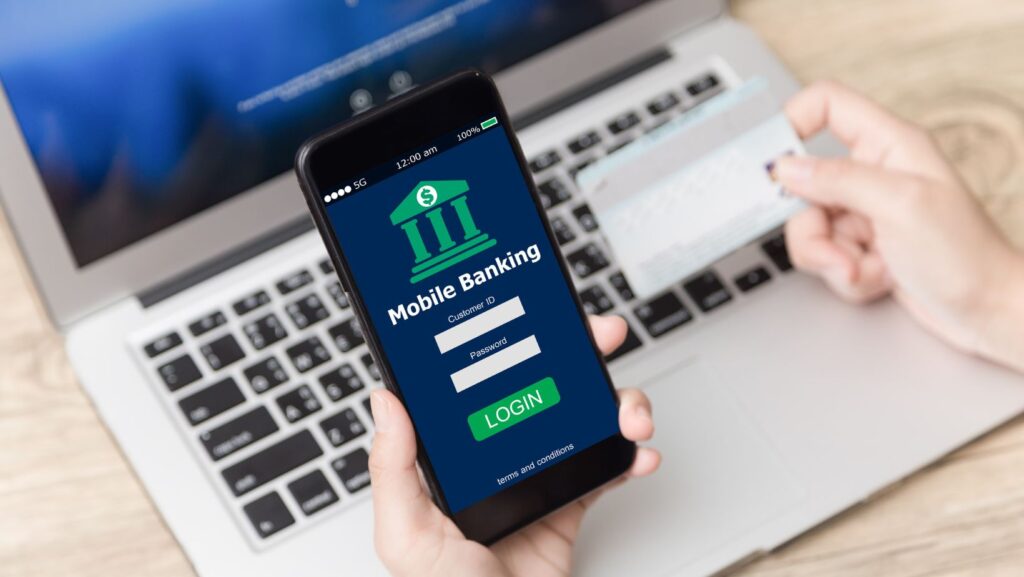Introduction
The digital banking revolution is accelerating. In 2025, customers expect 24/7 access, instant onboarding, multi-currency wallets, and even crypto services—all under a sleek, user-friendly interface. For businesses looking to enter the financial space, the fastest route is launching a white label digital bank. A white label digital bank allows companies to offer fully branded banking services without building the infrastructure from scratch. Providers like Finhost supply the regulatory, technological, and operational backbone—while the business focuses on branding, customer acquisition, and innovation.
But while opportunities are vast, launching a digital bank comes with unique challenges. Let’s explore the most pressing ones and how to overcome them.
What Is a White Label Digital Bank?
A white label digital bank is a turnkey solution that enables companies to provide banking services—such as payments, cards, savings, and loans—under their own brand.
Key Challenges in Launching a White Label Digital Bank
1. Navigating Regulatory Compliance
Financial services are among the most heavily regulated industries. Companies must meet AML, KYC, GDPR, and regional laws (like PSD3 in Europe or FCA requirements in the UK).

2. Securing the Right Banking Licenses
Launching a bank usually requires lengthy and costly licensing. For startups, this is often unrealistic.
3. Technology Development and Scalability
Building core banking technology is complex. Banks need ledgers, transaction processing, APIs, and security layers. Scaling this across multiple regions is even harder.
4. Customer Acquisition and Differentiation
The neobank market is competitive. Simply offering an app is not enough; customers demand innovation and personalization.
By utilizing Finhost’s white-label platform, businesses can focus on differentiation—such as unique loyalty programs, niche services, or cryptocurrency integration—while the provider handles the heavy lifting.
5. Security and Trust
Data breaches or fraud can destroy trust instantly. Digital banks must maintain top-tier cybersecurity.
Modern providers integrate advanced security tools, fraud detection, and 24/7 monitoring, ensuring user data and funds remain safe.
Steps to Launching a White Label Digital Bank
- Define Your Vision: Decide your target audience (retail, SMEs, crypto users).
- Choose the Right Provider: Evaluate Finhost and other vendors based on compliance, scalability, and support.
- Plan Licensing: Decide whether to operate under a partner license or purchase a ready-made license.
- Customize Your Brand: Tailor UI/UX, branding, and product bundles.
- Test and Launch: Pilot your digital bank with early adopters before scaling globally.
The Advantages of a White Label Digital Bank
- Faster time-to-market: Launch in months, not years.
- Lower costs: Save millions in technology and licensing.
- Built-in compliance: Stay ahead of regulations.
- Scalable growth: Add features as your customer base expands.
- Focus on branding: Differentiate through customer experience, not back-end complexity.
The Role of Finhost in Supporting White Label Digital Banks
Finhost stands out as a European white label fintech provider that delivers:
- Modular banking solutions (accounts, payments, crypto, IBANs, cards)
- Compliance-first frameworks aligned with PSD2/PSD3 and MiCA
- Licensing support, including ready-made entities for sale
- Scalable infrastructure for startups and enterprises alike
For companies entering the digital banking space, Finhost provides the tools and expertise to succeed in a highly competitive market.
Launching a white label neobank in 2025 offers a rare opportunity: entering one of the fastest-growing markets without the prohibitive cost and complexity of traditional banking. While challenges exist—compliance, licensing, technology, and customer acquisition—they can be overcome by partnering with trusted providers.
Companies that leverage platforms like Finhost can build secure, scalable, and innovative digital banks—positioning themselves at the forefront of the financial revolution.

FAQ
1. How long does it take to launch a white label digital bank?
Typically 3–6 months, compared to 2–3 years if built independently.
2. Do I need my own license?
Not always. Many businesses operate under a provider’s license or buy a ready-made financial license to speed up entry.
3. Can I add crypto features to my white label digital bank?
Yes. Providers like Finhost offer modules for crypto wallets, stablecoin payments, and exchanges.
4. What are the biggest risks?
Compliance failures, vendor lock-in, and cybersecurity are key risks. Choosing the right partner mitigates them.
5. How much does it cost?
Costs depend on the scope but are significantly lower than building a bank from scratch.


More Stories
What to Look for in a Legit Online Casino: A Guide
How Family Violence Affects Property Settlement
The Future of Online Casinos: Are Crash Games Just the Beginning?